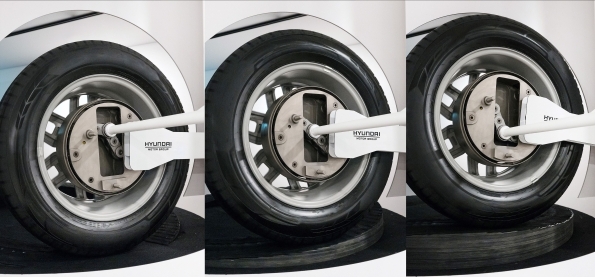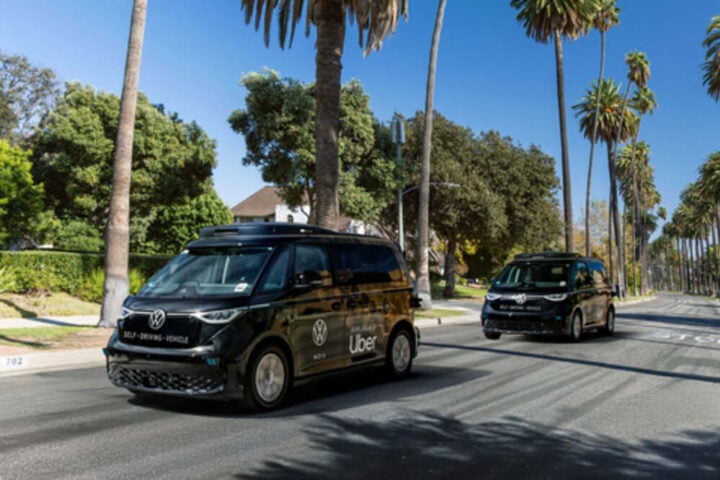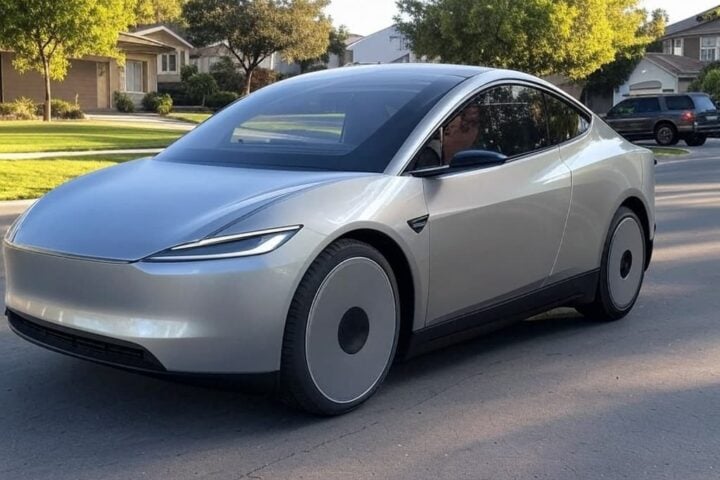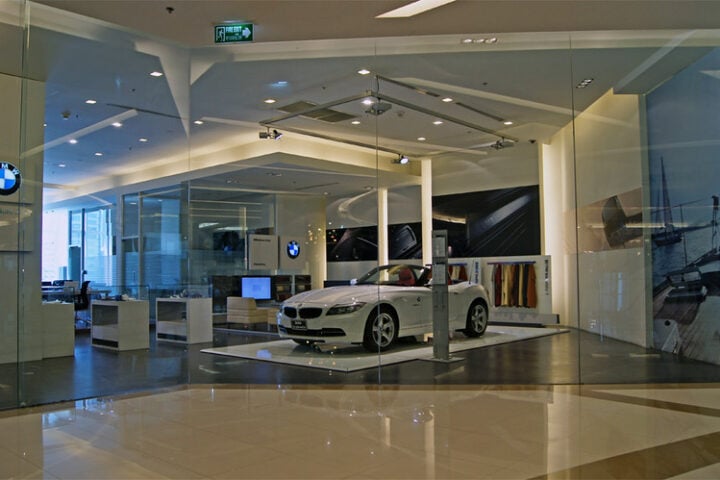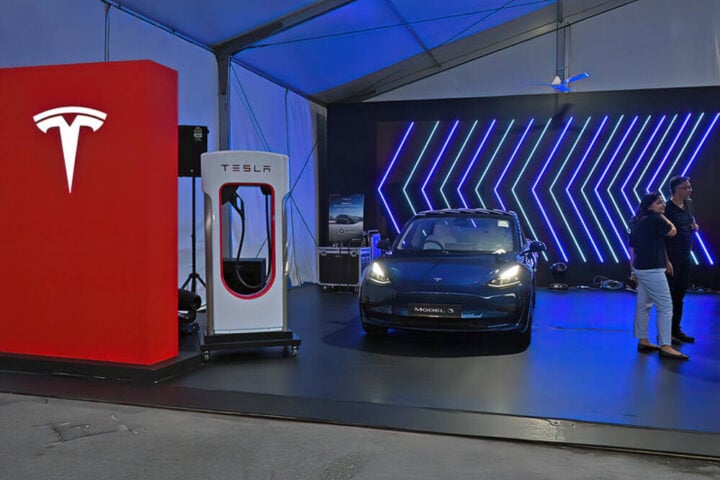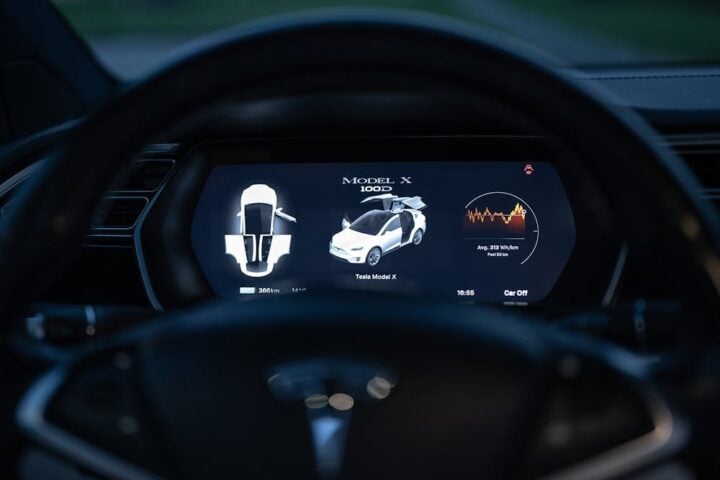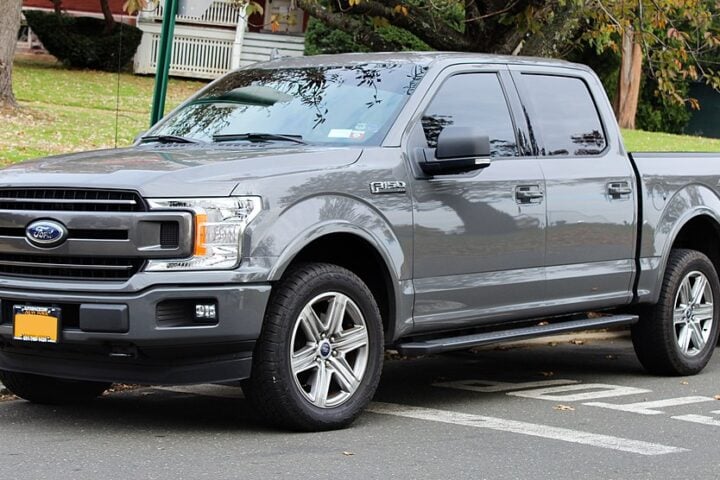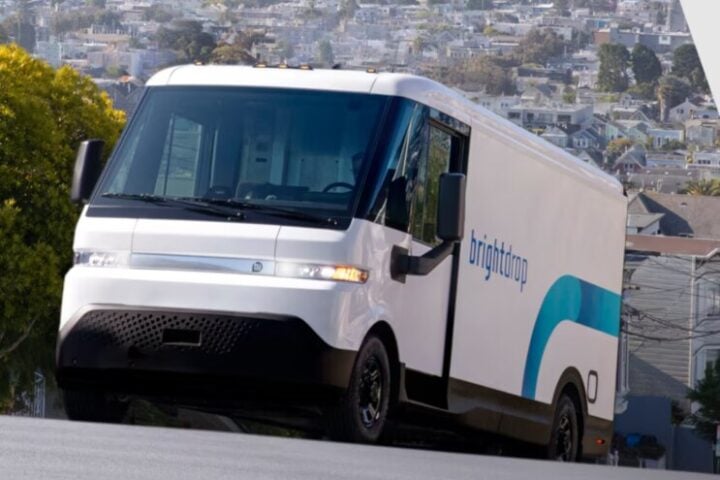Hyundai Motor and Kia are introducing a new twist in EV technology with their ‘Uni Wheel’ system. It’s a fresh take on vehicle design, leveraging space inside the wheel hub to house drive components. This move is not just a small adjustment; it’s a significant shift, marking a new chapter in the evolving story of electric vehicles (EVs).
The Uni Wheel concept uses a planetary gear setup, including a sun gear, pinion gears, and a ring gear, to transmit motor power directly to the wheels. This design not only enhances efficiency and durability but also maximizes interior space. As Jongsool Park of Hyundai Motor Group puts it, “We will perfect the technology so that customers can experience mobility in a completely different and new way.”
Similar Posts
This development follows a long history of EV innovation. Electric vehicles date back to the 1800s, with early designs emerging in the U.S., Britain, France, and Hungary. The first notable American electric car, developed by William Morrison in 1890, signaled the start of this journey. However, the rise of affordable gasoline cars like Ford’s Model T in 1908 and improvements like the electric starter shifted the market away from EVs by 1935.
Renewed interest in EVs surged in the late 1960s due to oil crises, leading to government-backed research and development. The 1990s saw a further resurgence, fueled by environmental regulations. Significant models like GM’s EV1 in the 1990s, Toyota’s Prius as the first mass-produced hybrid in 1997, and Tesla’s luxury electric sports car in 2006, marked key milestones.
Today, EVs offer an array of choices, with advancements in battery technology making them more affordable and efficient. Hyundai and Kia’s ‘Uni Wheel’ is the latest in this progression, reflecting a continual evolution from early electric carriages to contemporary, sophisticated EVs, demonstrating a commitment to enhancing efficiency and design in the realm of sustainable mobility.
